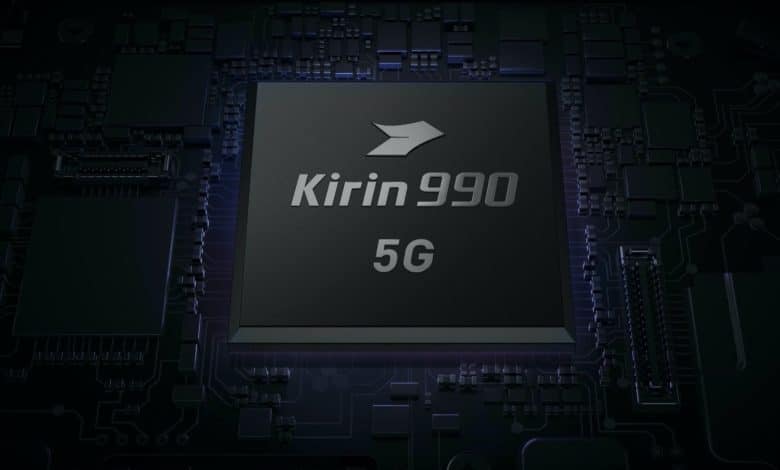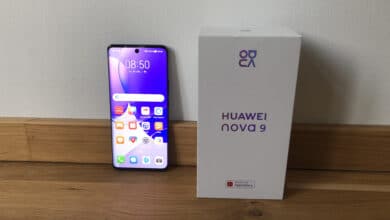
In order to make itself independent of other manufacturers, Huawei will in future rely on in-house production when it comes to chips. For the time being, however, only production using the 45 nm process is possible here.
No high-end chips for the time being
The trade dispute between the USA and China has also left its mark on Huawei. For example, the company was confronted with the problem that the chip manufacturer TSMC, which had been cooperative for years, denied further production. Now Huawei is taking the bull by the horns. In the future, the company wants to produce its own chips. In this way Huawei wants to make itself independent of other manufacturers. But even Huawei has to start small here. Although the company ultimately wants to produce high-end chips, it can only manufacture chips in the 45 nm process for the time being.
Huawei wants independence
Huawei had his plans for self-production spread to Weibo. The CEO used the social network, which is popular in China, to inform the public that his company is now setting up its own semiconductor production facility. By the end of 2020, Huawei should be able to produce chips with a structure width of 45 nm. Huawei will then no longer need the support of US companies. Until now, they have always been dependent on technology from the United States. Although only 45 nm production will be possible for the time being, the goal is to expand this to a 28 nm production process.

The manufacturer needs patience
Although Huawei is a gigantic company, they too will first have to build the appropriate technology. For this reason, it will take a while before Huawei will be able to produce SoCs that can keep up with the big competition. This could even take years. For example, the development from the Snapdragon S2 SoCs manufactured in 45 nm to the recently released 5 nm chips took a proud ten years. One advantage of Huawei is certainly that further development will be somewhat faster due to the technology already available. Nevertheless, they will not be able to work as effectively as the chip giant TSMC for the time being. Only recently, the latter had terminated its cooperation with Huawei in response to threats of sanctions from the USA. Experts believe that Huawei could be on a par with TSMC’s technology in five years at the earliest.
High costs
There is still a big question mark over Huawei’s financing strategy. After all, it will swallow horrendous costs to set up a chip production facility itself. The alternative of investing in the Chinese chip manufacturer SMIC might have been the smarter move here. SMIC manufactures the HiSilicon Kirin 710 A, for example. It seems that Huawei wants to keep all options open due to the increasingly precarious political situation between the USA and China.



